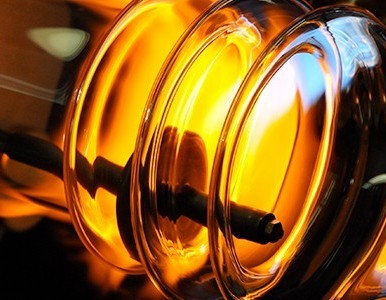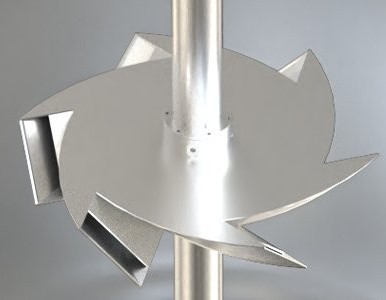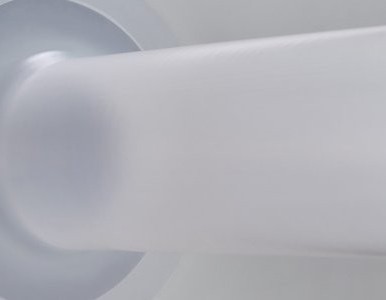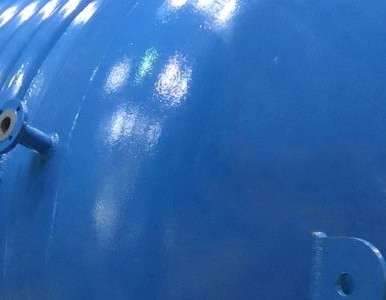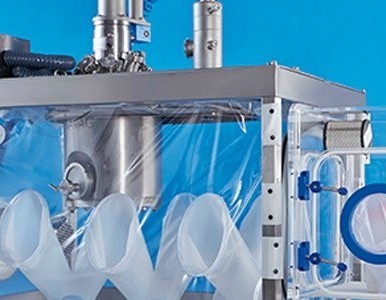pH measurement without electrolyte liquid
09 May 2017
pH measurement without electrolyte liquid

Robust pH sensor
Thanks to its metrological features, Pfaudler’s glass-lined pH sensor is perfectly tailored to the requirements of extremely low-maintenance measuring technologies. It is exceptionally robust and works without a separate reference electrode and electrolyte liquid in accordance with the relative pH measuring principle. This way, the aging effects of conventional methods with glass electrodes are avoided, enabling the sensor to produce reliable measurement values over a long period of time.
Both the measuring and the reference electrode of the glass-lined probe are equipped with extremely large, robust and ion-sensitive glass-lined surfaces that are fused to a steel support. Thanks to the glass-lined layers, the sensor works independently from aqueous electrolyte systems and can be stored under dry conditions for an indefinite period of time. The sensor is particularly suitable for processes in the chemical, pharmaceutical and food industries.
Everything is relative – The relative pH measuring principle
The upper glass-lined layer (measuring electrode, “pH glass-lining”) reacts to hydrogen ions (H+) and emits a concentration-dependent potential. The lower glass-lined layer (reference electrode, “reference glass-lining”) reacts to the salts dissolved in the fluid, in particular sodium ions, thus emitting a product-specific reference potential.
Stable and resistant to aging
In contrast to conventional glass electrodes, the differential pH sensor is not calibrated with common buffer solutions, but rather with process or product samples. The differential pH sensor is characterised by a linear response behaviour between pH 3 and pH 11. The pH probe yields reliable measurement results over the long term and does not age. The probe can thus be “programmed” to a specific product or set point using an electrode slope determined previously, thus creating optimum conditions for reliable and accurate process measurements. For the measurement principle to work properly, the sodium content in the process medium must be as constant as possible and possible fluctuations must be taken into account. The sensor cannot be used with solutions containing fluoride ions, as they can damage the glass-lined layer. During clean-in-place (CIP) processes, there are only certain specifications for acid and base concentrations and temperature and cleaning duration that need to be complied with in order to protect the glass-lined layer. Concentrated acids can also be used for short periods of time to clean the dismantled probe.
Versatile Alternative
The differential pH sensor can be installed in virtually any position. The only requirement is that all sensor elements must be fully wetted during the measurement and air pockets must be avoided. The differential pH sensor does not require maintenance at regular intervals, thereby keeping the comparable cost of ownership very low. This makes the sensor an interesting alternative to conventional breakable glass pH probes in many different fields of application.
The sensor is available as a small rod probe with all common process adapters, as a ring probe for installation in piping or as a rod probe with flange connection for installation in vessels.
Click here for more information.
Contact Pfaudler today to learn more

